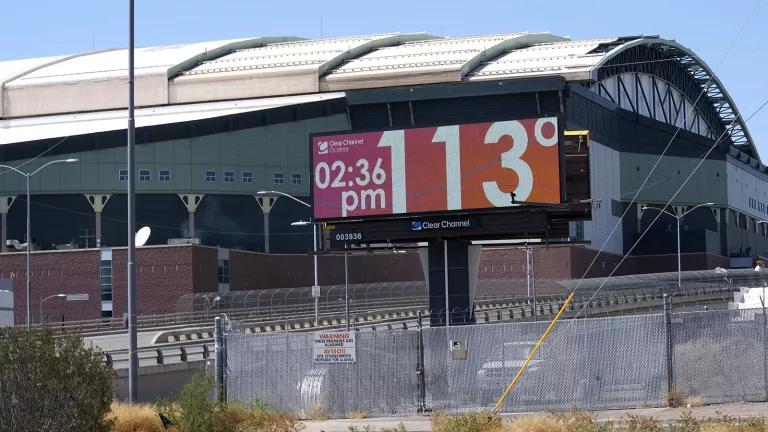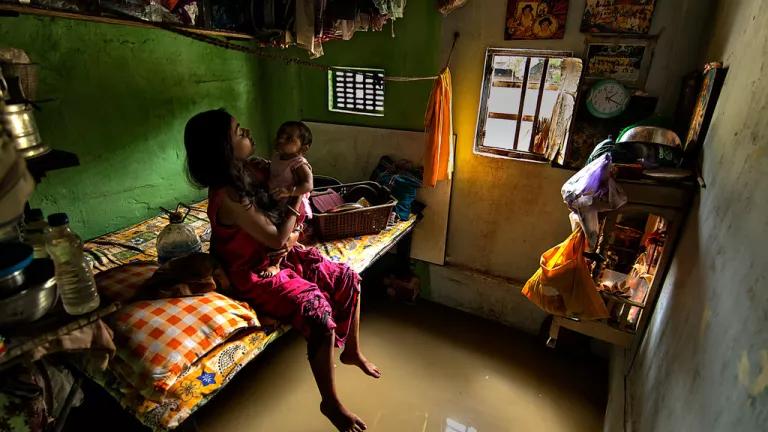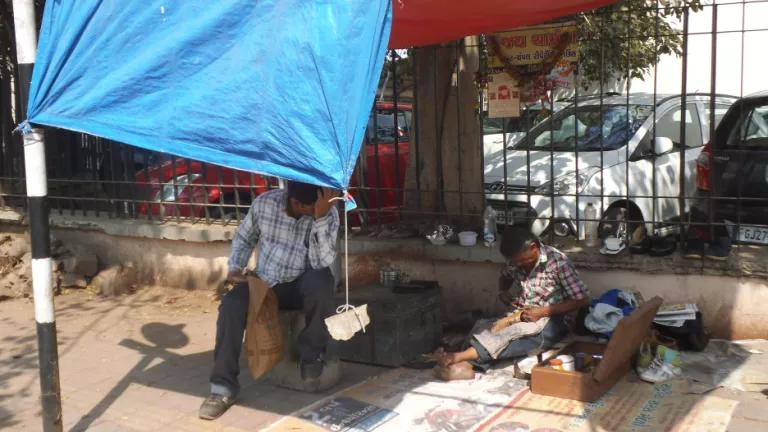Montreal Protocol Convenes, Agrees $268m in Holdover Funding
Despite the challenges presented by the COVID-19 pandemic, the treaty is showing it’s still got what it takes to be the world’s most successful environmental accord.
Nations gathered virtually last week for the Montreal Protocol’s 32nd annual Meeting of the Parties. Negotiators agreed on an interim operating budget for the treaty’s funding arm, the Multilateral Fund (MLF), assembling a $268 million holdover funding package for the coming three year period. Those funds will sustain the MLF until the COVID-19 pandemic relents and negotiators can get together in person to agree a proper three-year replenishment, as usual. Last triennium the full three-year sum was $540 million and, as the Protocol’s workload increases, that figure should also rise.
As a result of the agreement, the MLF will have a strong balance sheet in the coming year and remain able to implement projects to fulfill the treaty’s goals. There is much work to be done; developing countries are working to cut their use of ozone-damaging HCFCs to 67.5% below baseline by 2025. In addition, this funding period encompasses the last years before developing countries begin to limit their use of climate-warming HFCs according to the landmark 2016 Kigali Amendment to the Montreal Protocol, which begins for them in 2024.
The meeting’s negotiations—a ‘virtual’ first for a major UN environmental treaty—benefitted from some tailwinds. The $268m of funding agreed last week was originally money earmarked for the previous triennium of 2018-2020, but which went unspent for a variety of reasons. The funds are already in the MLF’s coffers and they will now stay there rather than be returned to countries that originally contributed them. The funds are being prioritized for spending in 2021 prior to agreement of the final three-year funding package.
While together, country delegations also heard updates from the treaty’s expert panels, appointed several people to panel positions, and carried out the treaty’s other usual business.
The most anticipated of these was an update from the Scientific Assessment Panel (SAP), which has been tracking the story of unexpected emissions of ozone-damaging CFC-11, likely from illegal production of that gas outside of the Montreal Protocol’s ban on it. The SAP reported that there is some new CFC-11 science still in progress and so it will delay its annual update report until the first quarter of next year. By then the new scientific papers will be publicly available and SAP will be able to reflect the updates in its report.
The treaty’s Environment Effects Assessment Panel, which focuses on health impacts of ozone loss, brought some good news. As of 2019, the Montreal Protocol—by phasing out ozone-damaging chemicals, which are also typically strong greenhouse gases—has avoided climate warming of 0.5–1.0°C over large, mid-latitude land regions and 1.1 °C over parts of the Arctic. But it hasn’t always been such good news: ozone-damaging chemicals were still responsible for about one-third of all global warming between 1955 and 2005 and one-half of the warming observed over the Arctic.
And so, the Montreal Protocol’s work continues—slowed but not stalled, tasks as tall as ever. Despite the challenges presented by the COVID-19 pandemic, the treaty is showing it’s still got what it takes to be the world’s most successful environmental accord.
Prima Madan and Charu Lata contributed to this post.




